
5 Pancreatic Can.cer Symptoms Often Mistaken for Sto.mach Issues
Don’t Be Fooled: 5 Pancreatic Can.cer Symptoms Often Mistaken for Sto.mach Issues
Can you guess which organ harbors the so-called "king" of cancers?
Why is pancreatic cancer called the “king” of cancers?
While liver cancer is often dubbed the "silent killer," pancreatic cancer is considered the "king" among all cancers due to its extremely dangerous characteristics, even though it’s not the most common type. Here’s why:
-
Silent progression: In the early stages, pancreatic cancer rarely causes noticeable symptoms, so patients often don’t realize anything is wrong. By the time symptoms appear, the disease is usually already in advanced stages, metastasized, or inoperable.
-
Extremely low survival rate: According to the American Cancer Society, the 5-year survival rate for pancreatic cancer is only around 39% in stage 1, 13% in stage 2, and a mere 3% in stage 4 when the cancer has spread.
-
Difficult to treat and prone to metastasis: The pancreas is located deep in the abdomen, near vital organs like the liver, duodenum, and major blood vessels. This makes early detection and surgical removal extremely challenging. The tumor also tends to metastasize early to the liver, peritoneum, or lungs.
-
High recurrence rate: Even after complete removal, pancreatic tumors often recur.
5 Pancreatic Cancer Symptoms Commonly Mistaken for Digestive Issues
Patients with pancreatic cancer frequently experience digestive-related symptoms that are easily misdiagnosed as gastritis, peptic ulcers, indigestion, or acid reflux. Below are 5 common warning signs:
1. Upper abdominal pain radiating to the back
The most common symptom is a dull ache in the upper abdomen (epigastric area), often mistaken for a stomachache. However, pain from pancreatic cancer typically radiates to the back, especially when lying down or after eating. Some describe it as a squeezing sensation that only eases when leaning forward. Despite being a clear red flag, it's often overlooked due to its similarity to common gastric pain.
2. Persistent bloating, even after eating small amounts
As pancreatic function declines and enzyme production decreases, food digestion slows down, causing prolonged bloating or heaviness after meals—even small ones. This lasting indigestion is frequently mistaken for gastrointestinal disorders. A key clue is a persistent lack of appetite despite not feeling full, along with discomfort immediately after eating.
3. Rapid weight loss despite normal eating habits
The pancreas plays a vital role in digestion and blood sugar regulation. When affected by cancer, the body's ability to absorb nutrients is significantly impaired, leading to rapid weight loss without changes in diet or exercise. While weight loss is common in many cancers, it is especially pronounced in pancreatic cancer.
4. Nausea or vomiting after meals
A pancreatic tumor may compress the duodenum or block digestive flow, causing nausea or vomiting soon after eating—even after light meals. This symptom is often misattributed to acid reflux or food poisoning. However, it usually persists regardless of dietary changes.
5. Dark stools or vomiting blood
Pancreatic tumors can invade the duodenum, causing internal bleeding. This may result in black, foul-smelling stools, or in severe cases, vomiting blood. Unfortunately, most patients mistake this for a more common condition like stomach bleeding, leading to delayed or inadequate diagnosis and treatment.
Conclusion:
If you or someone you know experiences persistent digestive issues along with the symptoms above, it’s crucial not to dismiss them. Early medical evaluation can make a significant difference in outcomes when dealing with a cancer as aggressive as pancreatic cancer.
News in the same category

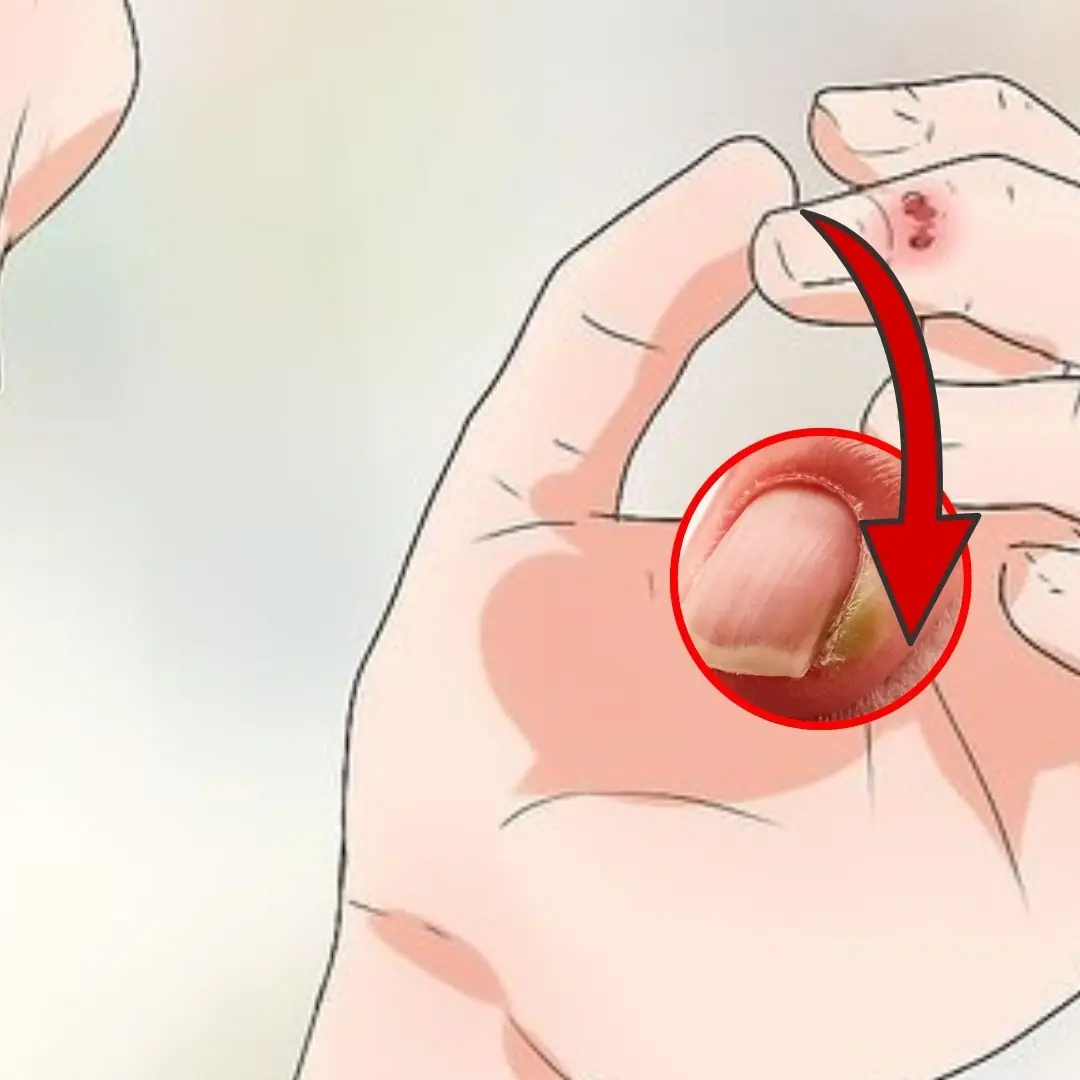
Suffering from Canker Sores? Here Are 3 Powerful Home Treatments You Should Try

When Fat Invades and Des.troys the Liv.er, the Body Swells in 5 Areas

3 “Golden” Foods That Help Women During Menopause

4 Clear Warning Signs of Stro.ke

6 Bodily Changes That Are “SOS Signals” From Your Kid.neys Before Can.cer

Your Body Might Be Low on Zinc — Here Are 6 Signs to Watch For

Woman gets brain infection after eating refrigerated watermelon

Bread May Be Delicious, But These 5 Groups Should Limit It
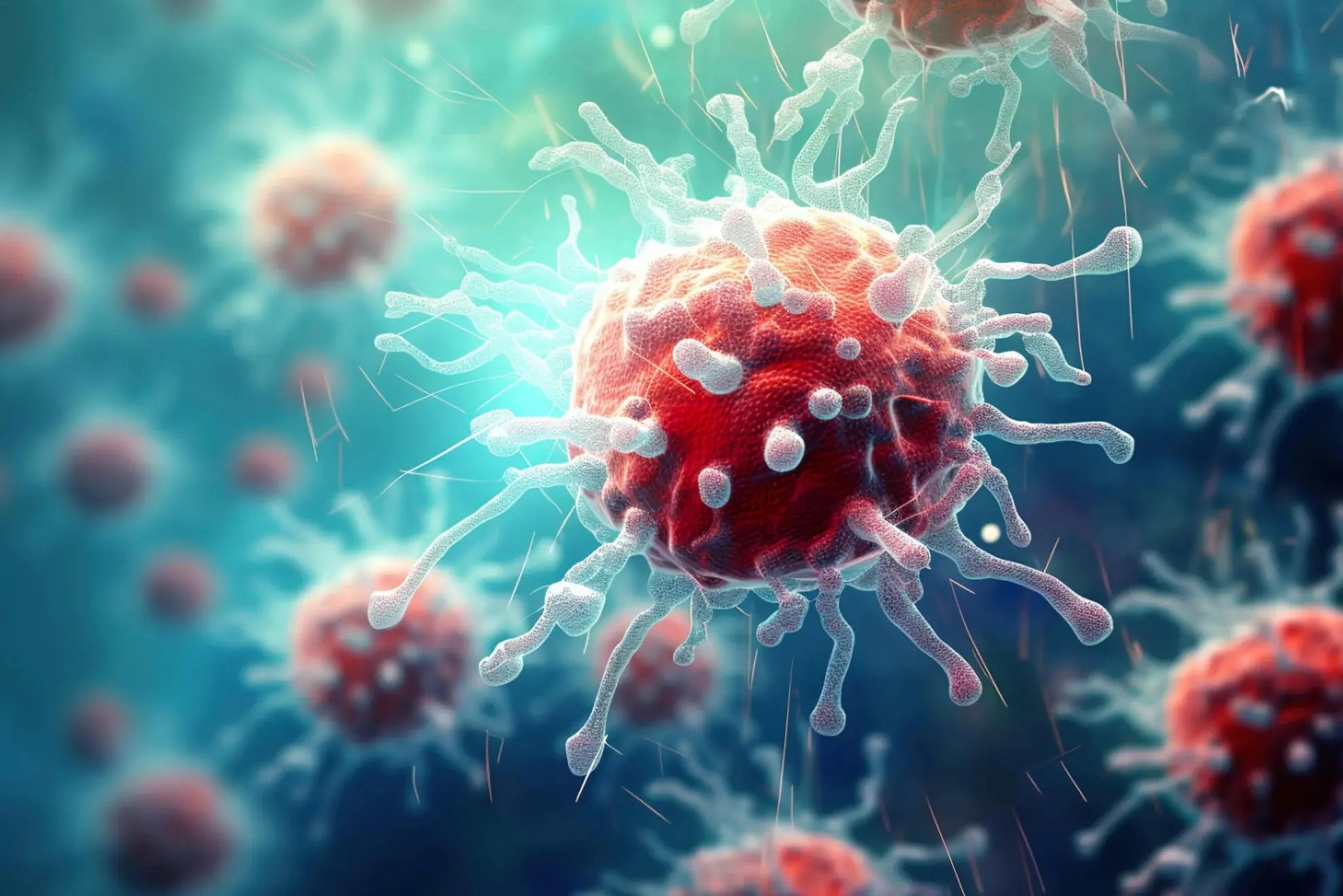
Identifying the “Switch” That Reduces Can.cer Cell Survival by 53%

Just 3 Minutes in the Morning: This Simple Test Can Reveal Hidden He.art Disease
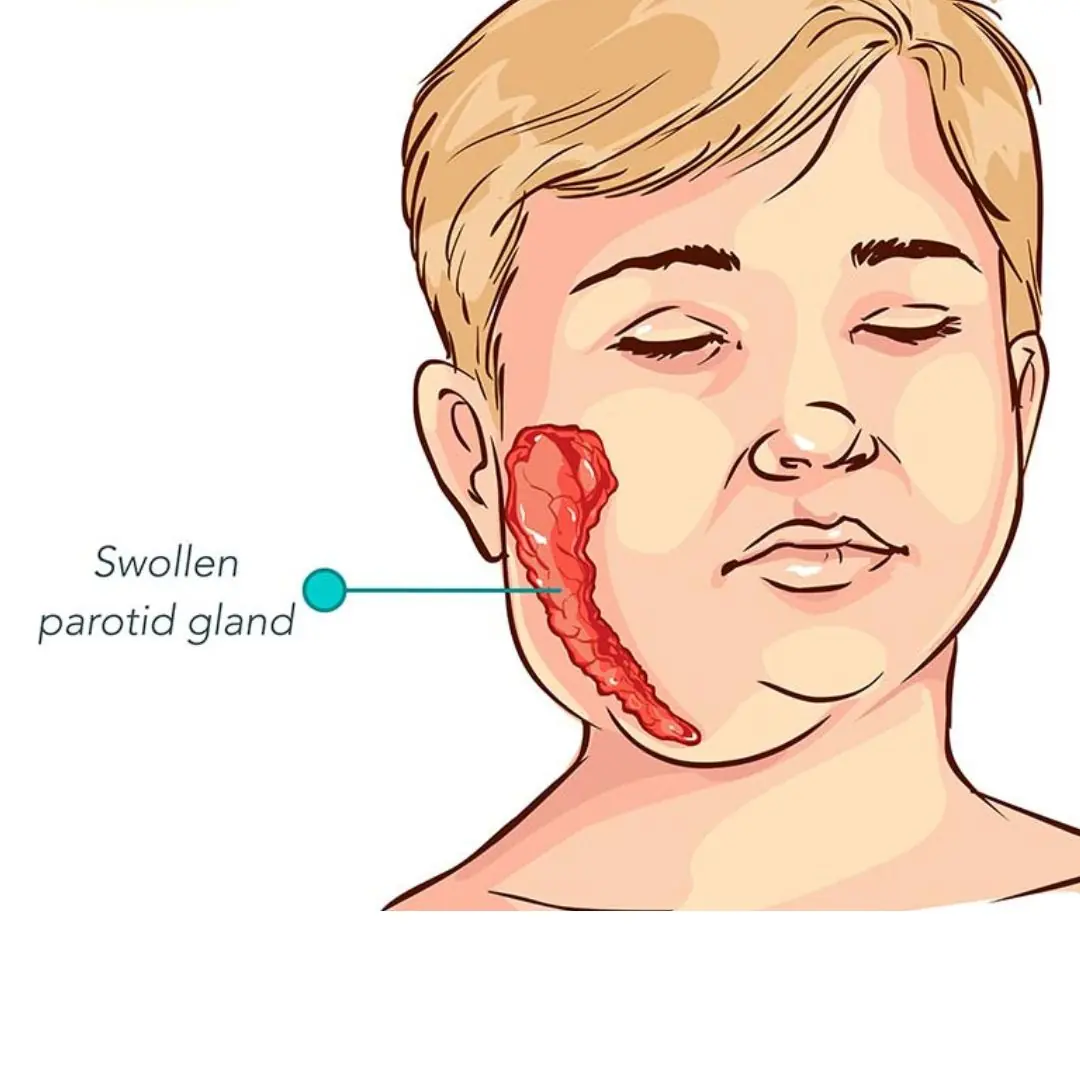
Does mumps in men affect reproductive health?

3 Types of Fruit Can.cer Cells “Love”
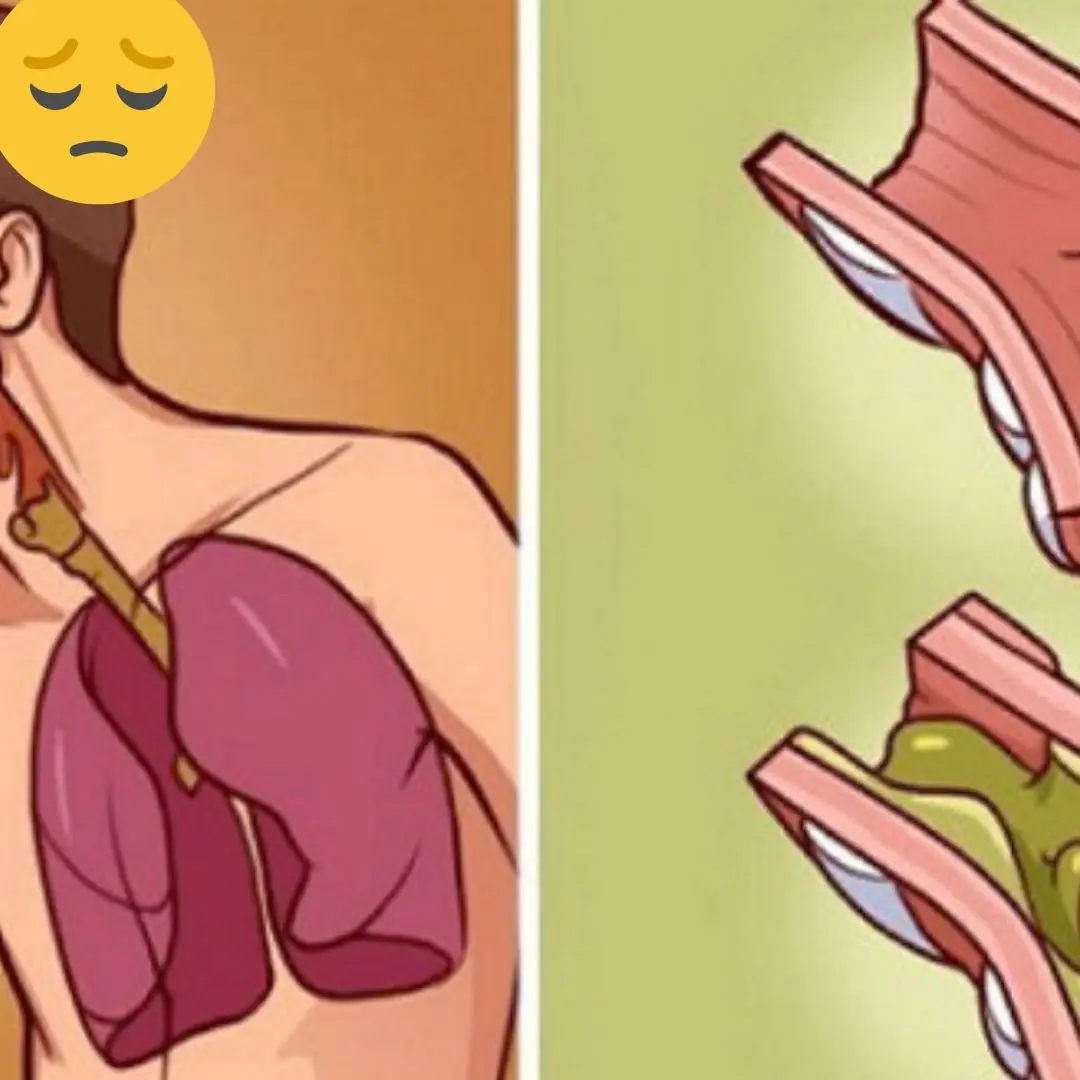
How to remove phlegm and mucus from chest and throat

Simple signs to immediately recognize leukemia that you may never notice
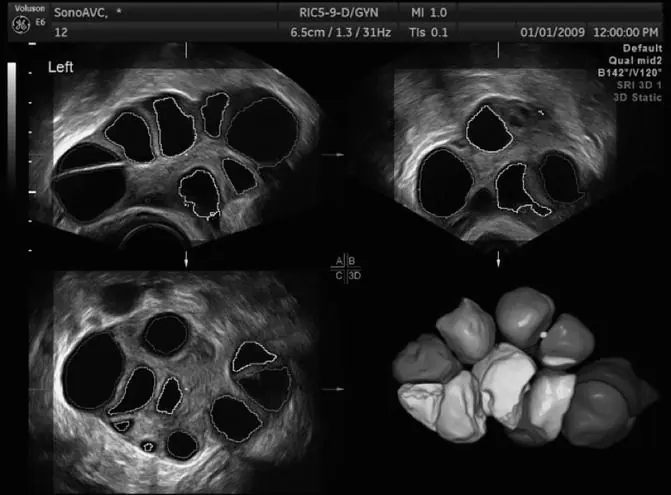
Two Kitchen Habits Behind Ova.rian Cysts — May Turn Can.cerous

3 Cooking Habits You Must Change Immediately

Why do hands and feet sweat in winter?

Both husband and wife were diagnosed with colon can:cer because of the same familiar habit!
News Post
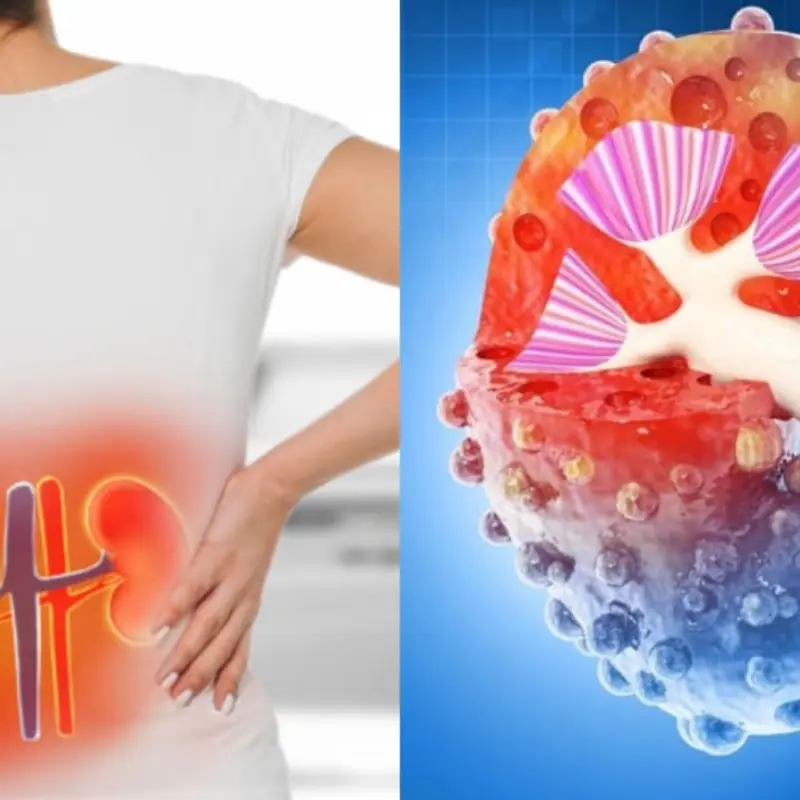
8 Early Signs of Mild Kid.ney Failure That Many People Ignore

Drinking Fresh Ginger Juice in the Morning Offers 5 Special Benefits

4 familiar traditional leaves that help de.t.o.x and cleanse the lu.ngs

Top 5 Everyday Foods That Help Women Reduce Excess Fat After 40

5 Types of Drinks That Can Harm Your Liv.er and Kid.neys at Night

Squint your eyes and guess what animals are hiding behind these illusions

Avoid These 3 Mistakes That Waste Electricity and Harm Your Health

The secret to removing stubborn stains on glass stovetops without scratching the surface

A Dirt-Cheap Kitchen Item Is the Ultimate Cockroach Kil.ler

Only 1% of people guess correctly this fruit associated with childhood – are you one of them?

Suffering from Canker Sores? Here Are 3 Powerful Home Treatments You Should Try

Is Your Home a Hidden Hive? 5 Signs of a Bee Infestation

7 Mistakes You Should NEVER Make During Hotel Checkout

10 Smart Things Every Traveler MUST Do When Checking Into a Hotel Room

Should we cover the air conditioner condenser when it is sunny or rainy? Electricians warn against mistakes many people make

Does turning on an electric fan all day and night consume more electricity than turning on the air conditioner?

Cooking Rice with Hot or Cold Water?

When Fat Invades and Des.troys the Liv.er, the Body Swells in 5 Areas
